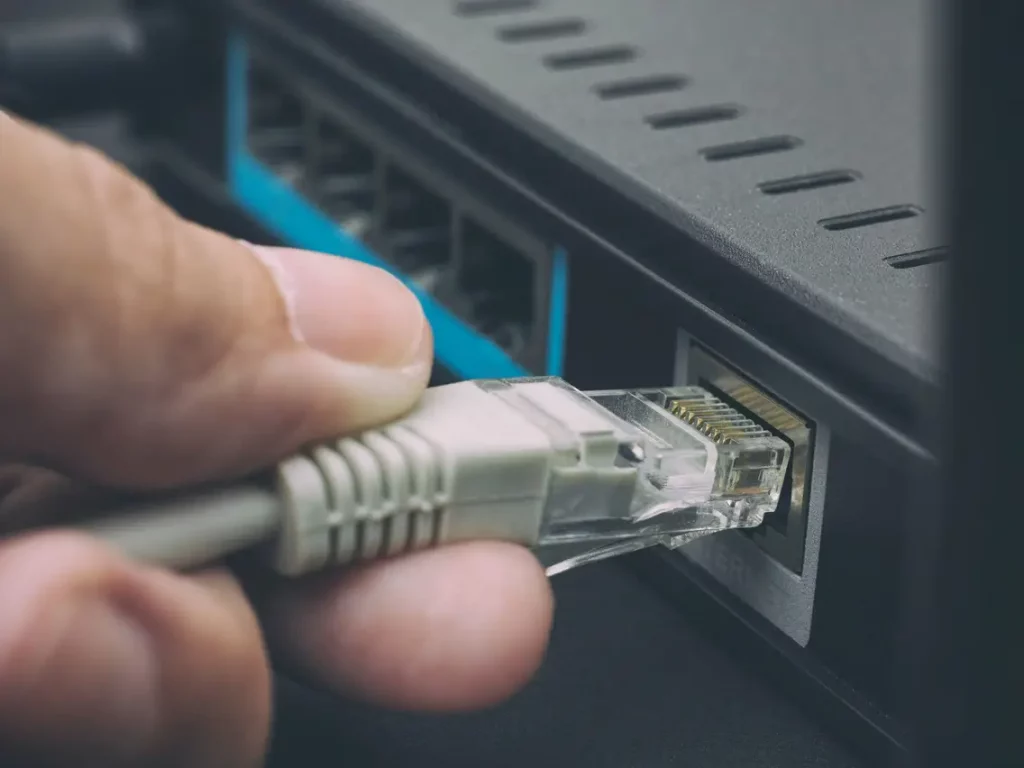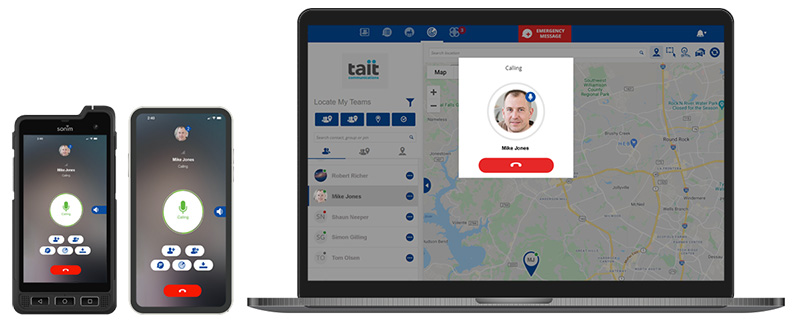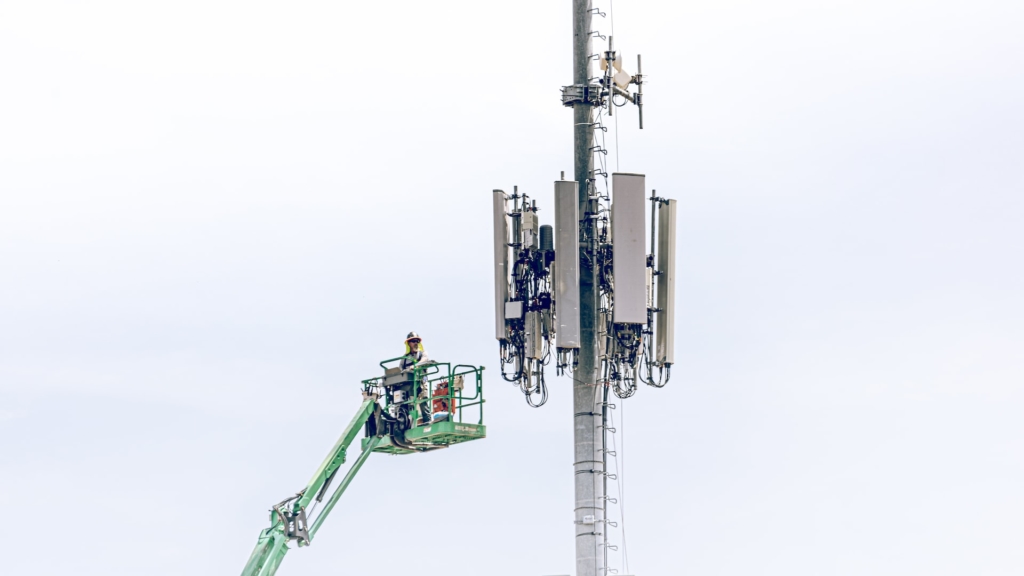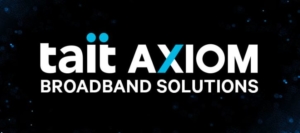Blogs
Broadband is everywhere and it comes in many forms. What are the different kinds of broadband and what do they mean for professional communications and your frontline personnel? In this free lesson we look at three major broadband technologies: Ethernet, WiFi, and Cellular.
Everyone is talking about broadband and convergence in critical communications, but how can it help your organization enhance safety and improve efficiency? More importantly, what is Broadband?
Broadband is widely described as the great game-changer for mission-critical communications. Public Safety Agencies are utilizing this technology to improve response times to incidents and ultimately save more lives.
‘Broadband’ is not a reference to a particular technology but rather refers to high speed, high capacity wideband data transmission and can be implemented in a variety of technologies. Another way of characterizing broadband is to say that it covers any technology that can support fast Internet access. Examples we can point to are Ethernet, WiFi, and 4G & 5G cellular.

Ethernet
Ethernet is the standard technology for wiring together computers and networking devices to create an home or LAN network. If you have ever connected a cable from your computer to your router then you have made use of an Ethernet connection. The Ethernet connection allows you to send or receive data across a physical wire to connected devices.
An Ethernet connection is perfect for devices such as desktop or laptop computers. It can carry high-speed, high-capacity data streams such as Internet traffic. Being a wired technology, it offers better noise protection that you would normally encounter on a WiFi network, alongside providing better data security than wireless technologies. An Ethernet network is a reliable option and inexpensive.

WiFi
WiFi was originally designed to connect office computers into LANs (Local-Area-Networks), it has become the go-to technology for short to medium-range wireless data communication and connection to the internet. With WiFi, you can be mobile and range farther since you no longer need to plug your devices into a nearby wall outlet to access a network. Although the data rates for WiFi may be impressive, the range is not. A typical configuration might reach no further than 164ft (50m) indoors and 300ft (92m) outdoors assuming there is no physical interference or “noise”. WiFi comes in 2.4GHz and 5GHz transmission, the 2.4GHz transmission is better at penetrating surfaces at the cost of signal strength, as to where 5GHz would be ideal for areas without much interference. WiFi has evolved through many iterations, but to achieve wide-area mobile broadband coverage you need to look to cellular.

Cellular
Cellular, also known as LTE is what makes smartphones ‘smart’. The air interface for cellular phones were deliberately designed as a broadband technology to access the internet, VoIP, media streaming, and run bandwidth hungry applications. Cellular is a very fast network connection accompanied by low power consumption. Public cellular coverage is always increasing as better inner-city infrastructure and outer city expansion of cellular coverage are implemented and city’s expand. Companies are investing in their own private cellular networks to address issues such as reliability, and better data rates. All the while other companies consider building their own, renting, utilizing the public network, or subscribing to a private network.
In short, open standard broadband technologies such as Ethernet, WiFi, and Cellular offer fast and flexible connectivity and high-speed data options for extending the reach, reliability and quality of your business operations. These technologies can be utilized in any functional stack of some, or all to better improve the quality of your communications network and efficiency of your work personnel.
 This blog is an extract from the ‘Introduction to Broadband and Convergence‘ course on Tait Radio Academy and focuses on the lesson ‘What is Broadband Communications?’
This blog is an extract from the ‘Introduction to Broadband and Convergence‘ course on Tait Radio Academy and focuses on the lesson ‘What is Broadband Communications?’
View the Full Lesson for Free Here.
 If you are interested in how Broadband technology can better serve your organization, check out the TAIT AXOM Broadband Solutions range.
If you are interested in how Broadband technology can better serve your organization, check out the TAIT AXOM Broadband Solutions range.















